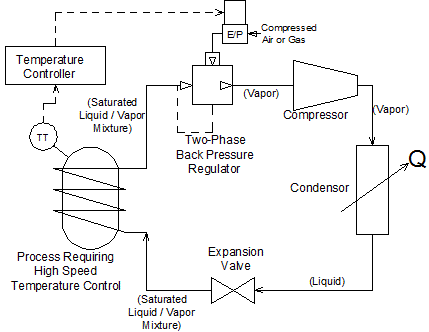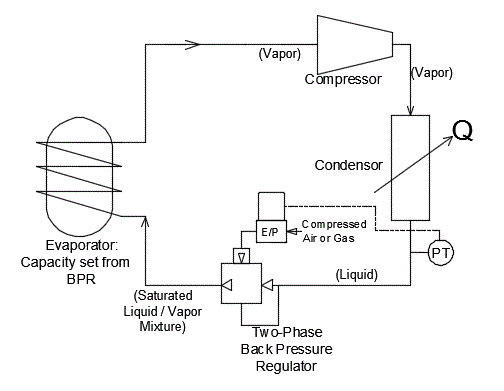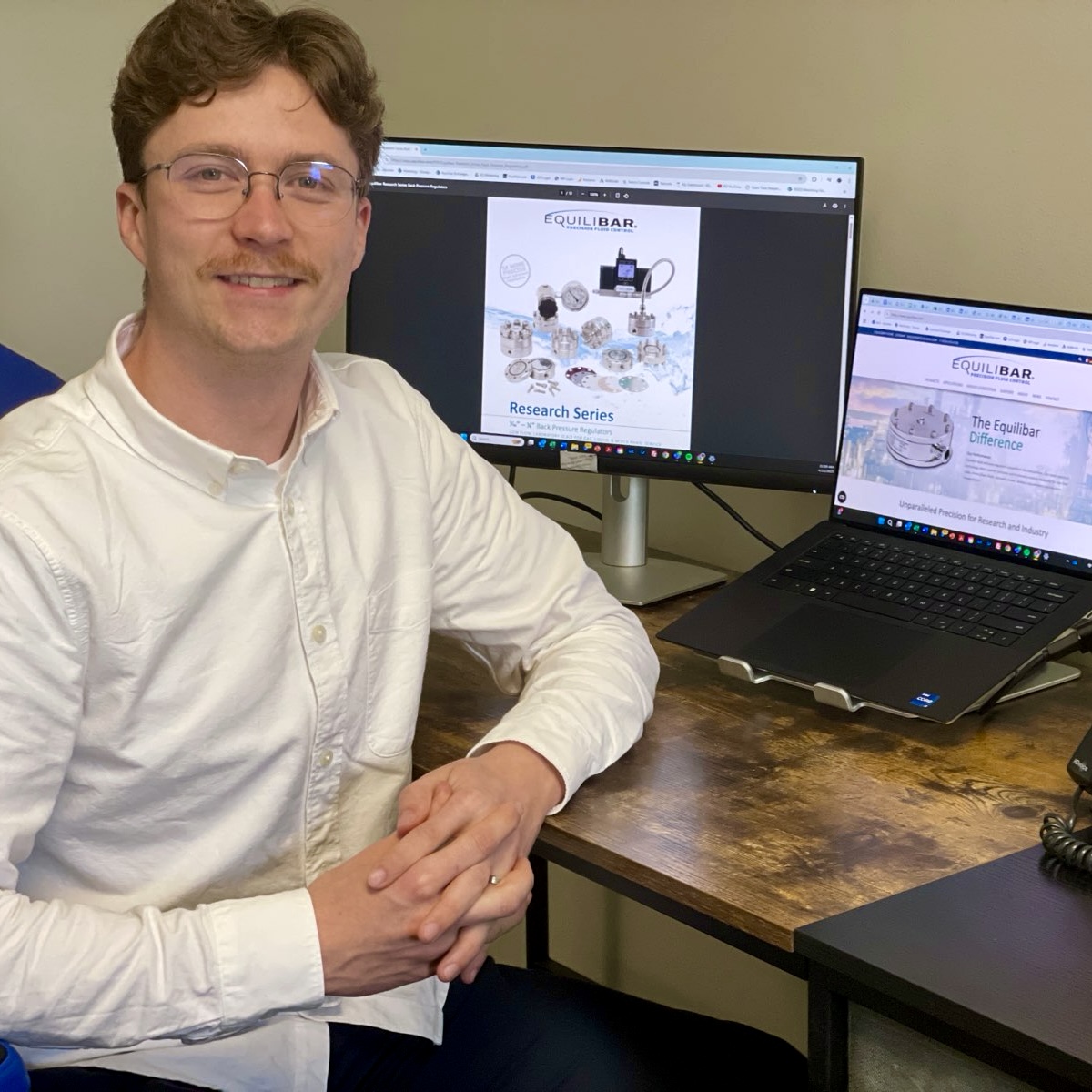Summer heat has arrived, and cooling systems are on our mind! We’ve posted a new video and an application page that offer detailed information on the various ways Equilibar back pressure regulators are especially well suited to provide refrigerant pressure control.
Video Gives Live Demonstration
In our new video, Equilibar design engineer Ryan Heffner provides a detailed demonstration of evaporator process isothermality using an Equilibar back pressure regulator (BPR) to control saturation pressure. The unique design of the dome-loaded multiple orifice Equilibar BPR offers several key benefits, including:
- Instantaneous pressure adjustment to changes in upstream conditions
- Prescise pressure control
- Multi-phase flow regulation
- Blockage resistant designs, and
- Minimal valve authority.
Ryan uses a live demonstration as well as charts and graphics to explain the different elements of Equilibar’s approach.
Application Page Explains Improved Method to Control Evaporator Coil Temperature
The application page– Advanced Temperature Control Using Two-Phase Refrigerant Pressure Control –explains how the Equilibar BPR can provide a novel method for controlling evaporator coil temperature, leading to improved performance.
Traditional refrigeration systems send a mixture of liquid and vapor into the evaporator coils. They are designed to return vapor to the compressor. While it is possible to control the heat transfer rate into the evaporator, it isn’t feasible for a traditional system to control the temperature of the evaporator coil directly.
Equilibar’s method makes it possible to make extremely fast and precise temperature changes to the evaporator surfaces directly. It is even possible to maintain the coil temperature exactly at the saturation temperature corresponding to the controlled fluid pressure.
How It Works
During modulating heat transfer conditions, two-phase refrigerant (saturated vapor and liquid) will pass into the BPR and expand into vapor inside the valve. When maximum cooling is needed, the Equilibar BPR opens, dropping the evaporator pressure and allowing maximum evaporation in the coil. As the pressure setting is reduced, an immediate boost of cooling is obtained from the latent heat of the liquid rapidly vaporizing on the tube surfaces. The process control benefits from both the dynamic evaporation boost as well as the steady state heat transfer control.
This is possible because the Equilibar BPR works in a completely unique way. Its multiple orifice design is capable of maintaining pressure control even with uneven slugs of vapor and liquid entering the valve. A high speed temperature control system can be adapted for critical processes by coupling the Equilibar BPR with one of our electronic pressure regulators to provide the variable set point.
For more information about using Equilibar back pressure regulators for refrigerant pressure control, please contact one of our application engineers. They are happy to hear from you.




